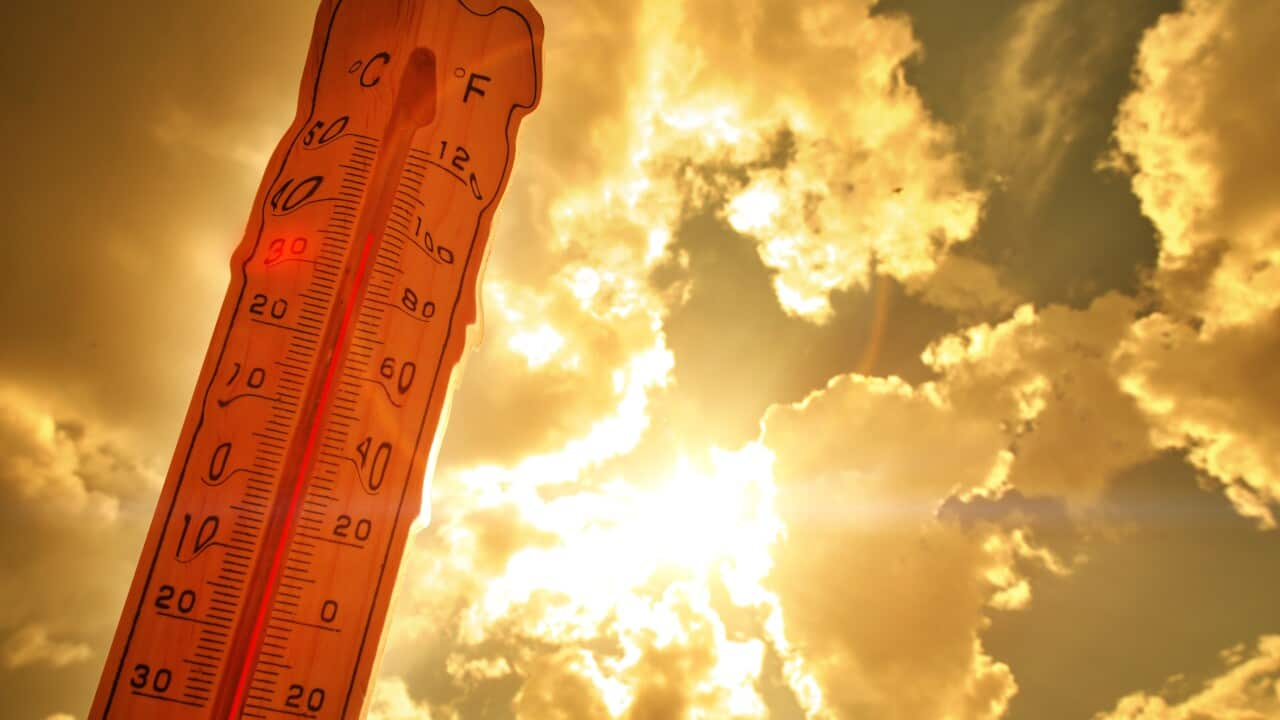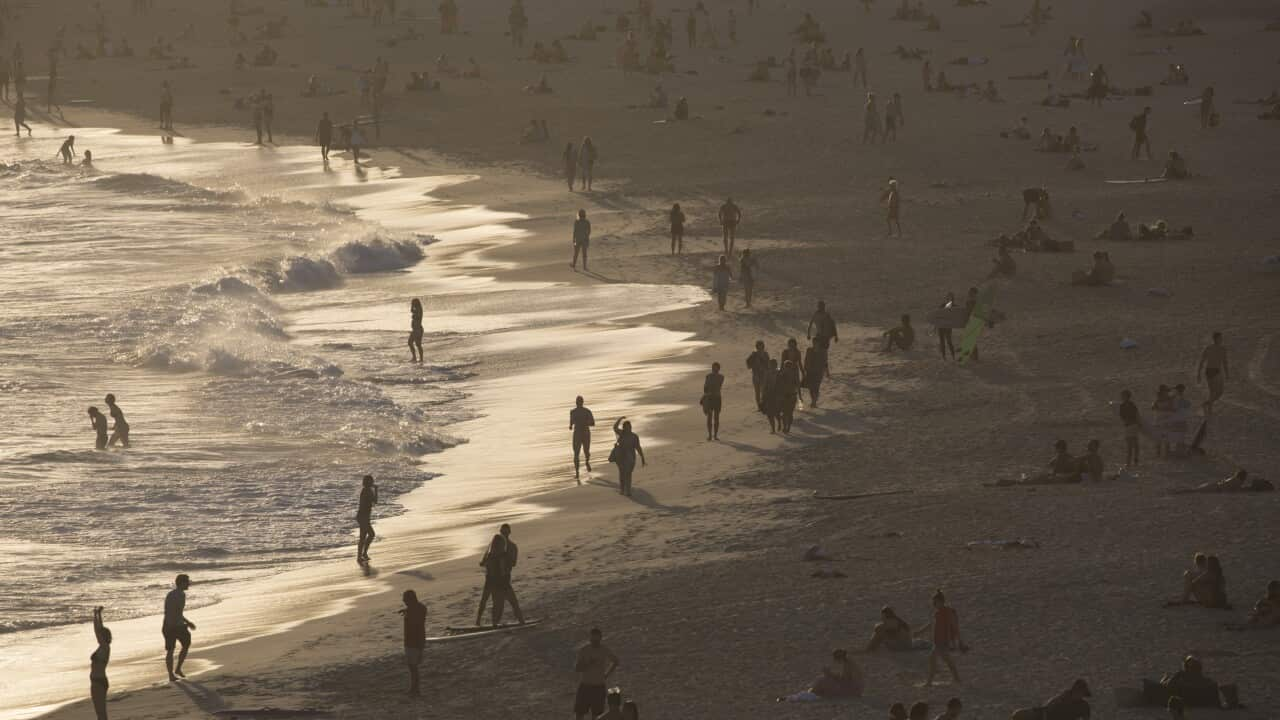Key Points
- Heatwave conditions are forecast for parts of Queensland and Western Australia.
- Three towns in Western Australia have created dedicated public cooling spaces.
- In Sydney, pop-up cooling hubs in some parks provide heat relief for those experiencing homelessness.
Heatwave conditions are severely affecting many Australians this week and weather forecasts suggest temperatures will remain high in parts of WA and Queensland.
, and the Bureau of Meteorology (BoM) is advising people to find ways to keep cool.
But in a time of cost of living pressures, where can people go without spending their money on all-day movie marathons at their nearby cinema?
Three towns in Western Australia have created dedicated cooling spaces to address this need.
Free and cool
When the temperature reached 42.5C earlier this week in Bridgetown, just 0.1C off the hottest day recorded in the small WA town about 270km south of Perth, locals knew they had a few options for escaping the burning heat.
Cool space activations have been set up in Bridgetown, the nearby town of Greenbushes and the outer Perth metropolitan City of Rockingham for people to get some respite from the heatwave without burning a hole in their pocket.
As part of the Heat Vulnerability Project, community members in the Bridgetown-Greenbushes Shire have access to the activation at the local library and three community centres to cool down during specific times, while those in Rockingham have been invited to use any of the city's libraries to spend time cooling off.
Rachel Siewert from the WA Council of Social Service (WACOSS), which runs the project, said it was important to have dedicated spaces that people felt comfortable using specifically for the purpose of keeping cool.
"People might be struggling with the heat and cannot do anything about it because they don’t have air conditioning or can’t afford to run their aircon," she said.
Siewert said while informal cool spaces such as local libraries are available across the country, she anticipates the formalisation of such arrangements will become more common with time.
"By working with libraries and existing centres, this project is making sure that everyone is welcome to use the space, and that the spaces are provided with activities and resources to keep everyone engaged and cool," she said.
Backed by National Disaster Risk Reduction funding, the project operates alongside local government and community organisations to try to ensure the development of heat interventions in these pilot sites are what communities want and need.
In the Bridgetown-Greenbushes community, this includes the sending of text warnings or phone calls with advice for people in the area in the case of extreme heat.
The BoM's heatwave warning for Queensland advises people to use fans or air-conditioners, if available, to keep cool.
A Queensland Health spokesperson told SBS News that those without air conditioning are strongly advised to seek cool spaces such as shopping centres, libraries, or swimming pools during peak heat hours.
"Other cooling methods include soaking feet in cool water and wearing a wet bandana around the neck."
"It’s vital to limit strenuous activity during the heatwave where possible, especially during the hottest part of the day between 10am and 3pm," the spokesperson added.
Heatwaves across much of Australia
The BoM has issued a heatwave warning for parts of Queensland through to Saturday, while heatwave conditions have been baking much of Western Australia since Monday.
A weather system that saw Perth reach 43.6C and Geraldton in the state's Mid West region match its equal hottest day on record when it hit 49.3C on Monday, has been moving east.
An extreme heatwave warning is in place for the southeast coast of Queensland while a severe heatwave warning is in place for areas on the east coast and much of the southern part of the state.

Birdsville in outback Queensland is one of the hottest places in Australia. Source: AAP / Darren England
Heat stress can cause a range of health problems, including heat cramps, heat exhaustion and heatstroke.
It kills more people than any other natural hazard, according to the World Health Organization, partly because extreme heat can "exacerbate underlying illnesses including cardiovascular disease, diabetes, mental health, asthma, and can increase the risk of accidents and transmission of some infectious diseases".
Who is most at risk from extreme heat?
The elderly, pregnant women, babies and young children are most vulnerable to extreme heat but socio-economic factors also increase some people's risk of heat stress.
Peter Crank, a professor at the University of Waterloo in Canada and an expert in urban climatology, told the SBS Examines podcast those struggling financially are often impacted to a greater extent by extreme heat.

Older people are among the most vulnerable to extreme heat. Credit: simarik/Getty Images
In Sydney, pop-up cooling hubs are set up in some parks on hot days to provide heat relief for those without a cool place to relax.
The mobile hubs are assembled in places where communities are known to spend time.
The cooling strategies used in these hubs, which include fans, cold water and spray bottles for misting, have been lab-tested by the University of Sydney's Heat and Health Research Centre.
"We usually deploy on days when the HeatWatch heat stress scale reaches severe or more for three or more hours, which is usually when it is 35C or more," lead researcher Timothy English said.
Those behind the initiative have said it is not just a response to rising temperatures, but also a compassionate approach to supporting some of the most vulnerable members of society.












